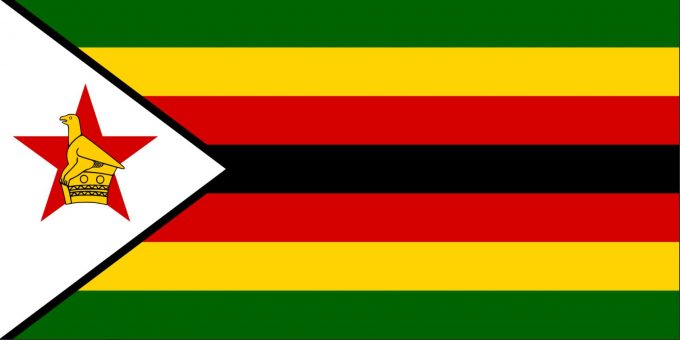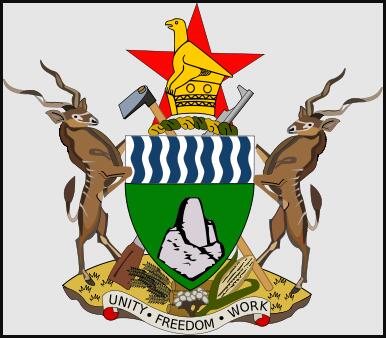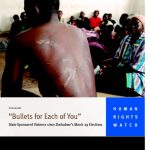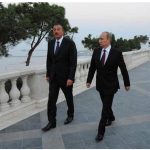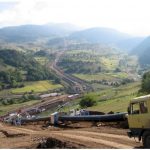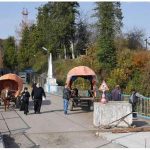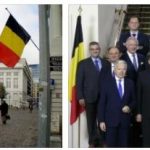Zimbabwe Important Political Decisions
In order to end the excesses of violence in the country and to halt the economic decline, the Movement for Democratic Change approved a power-sharing agreement on September 15, 2008. Then who SADC and in particular the then South African President Thabo Mbeki urged.
This Global Political Agreement (GPA) led to the formation of a government of national unity, the Goverment of National Unity (GNU) on February 11-13, 2009. Robert Mugabe remained president, Morgan Tsvangirai became prime minister.
Since then, depending on the political standpoint, there have been various assessments of the successes, problems and deficits of the government of national unity. Institutional reforms are particularly relevant to the security sector, political and economic structures and developments, the importance of human rights and the media and freedom of expression, discussed the role of the Zimbabwean diaspora, the African Union and SADC. Approaches to democratization and continuities of violence are discussed in detail. National elections that put an end to the government of national unity took place in late July 2013. This was decided by the Constitutional Court on July 4, 2013 after legal and political disputes. Scientists from Zimbabwe and neighboring countries as well as from Europe analyze and evaluate the elections in retrospect. The political situation and economic development since the 2013 elections are also controversial by political observers discussed, including taking into account international relations. There are also specific studies, for example on women’s understanding of democracy and on the spectrum of political opinions among citizens in 2015.
From 2001 the judiciary was reorganized, and in 2002 new laws to control the media and to persecute members of the opposition were passed. In the context of elections – in the election campaign for intimidation, after elections as a punishment -, in large-scale evictions of residential areas and farm expropriations, the police, the military and thugs used force on behalf of the government; for example in the so-called Operation Murambatsvina 2005, which even led to an independent UN investigation. Actors of violence were (alleged) war veterans and recruited and force-recruited young people. Serious bodily harm, psychological terrorism, the destruction of property, sexual violence against women and men were among their terrorist tactics.
Violent attacks by thugs close to the regime on MDC supporters and human rights activists did not end in 2011, 2012 and 2013, which has meanwhile been criticized by the SADC government leaders. Also in 2014, 2015 and 2016 and in subsequent years there have been politically motivated violence assaults that as much as possible recorded were.
Within the ZANU-PF, power struggles between competing or hostile camps and ambitious individuals have continued since 2013, which has consequences for political tensions and far-reaching conflicts in the country
Power struggles between the leading opposition party MDC Alliance under Nelson Chamisa and the MDC-T under Thokozani Khupe escalated in October 2020. It wasn’t just about controversies about personnel policy. Khupe was accused of support from the ruling party ZANU-PF, especially since their MDC-T received comparatively few votes during the 2018 elections (officially 3.42% versus 34.33% for the MDC Alliance under Nelson Chamisa).
National symbols
Flag
According to ezinereligion, the flag of Zimbabwe is divided into seven horizontal black, green, yellow and red stripes. Black stands for the majority of the population. Red, yellow and green symbolize pan-Africanism and the political unity of Africa. White is the symbol of peace with the white minority who ruled the country during colonial times. A golden bird sits enthroned in a white triangle on the edge of the mast, reminiscent of the gigantic ruins of Great Zimbabwe, a former center of rulers. The red star is the symbol of internationalism and socialism. This flag was introduced for national independence on April 18th, 1980, before that there were several other flags during British colonial rule.
National coat of arms
With national independence on April 18, 1980, Zimbabwe received its current state coat of arms. It consists of a green shield indicating the natural wealth of the land. The existentially necessary water is symbolized with the blue waves. The coat of arms depicts the imposing ruins of Zimbabwe, a former ruler’s seat. The Zimbabwe bird above the shield is also a symbol of this kingdom. Behind him appears the red star of socialism. Rifle and hoe under the bird indicate the transition from liberation struggle to agricultural production. The sign also rests on the country’s agricultural products: ears of wheat, cotton and maize. Underneath is a banner with the motto of the country: Unity, Freedom and Work. The shield is held by two kudu antelopes.
National anthem
“Blessed be the land of Zimbabwe” is the national anthem of Zimbabwe. In the most important national languages this means: “Simudzai Mureza wedu WeZimbabwe” (Shona) and “Kalibusiswe Ilizwe leZimbabwe” (Sindebele). It emerged from a national competition in 1994. Solomon Mutswairo wrote the lyrics, Fred Changundega composed the music.
